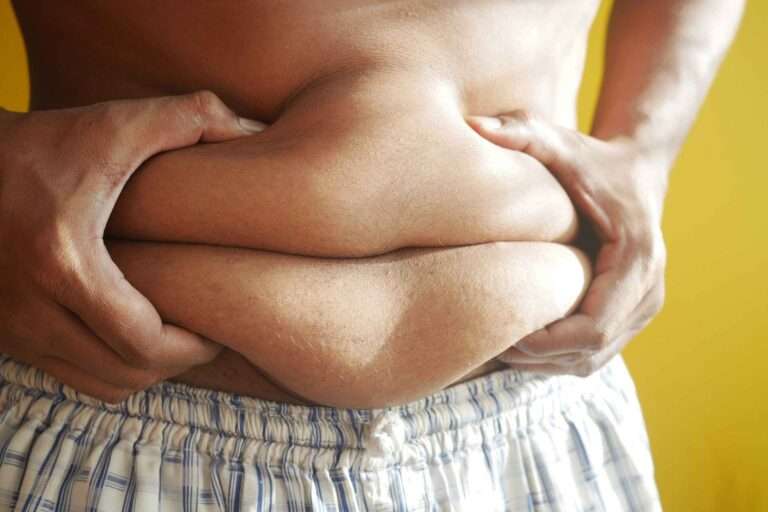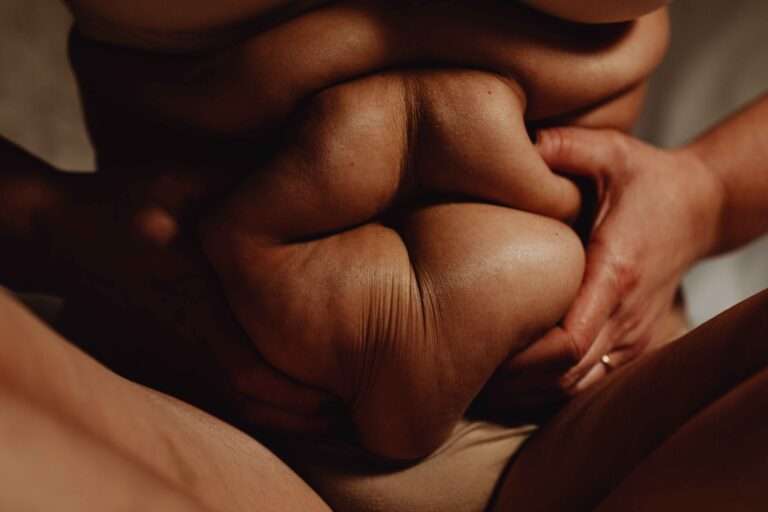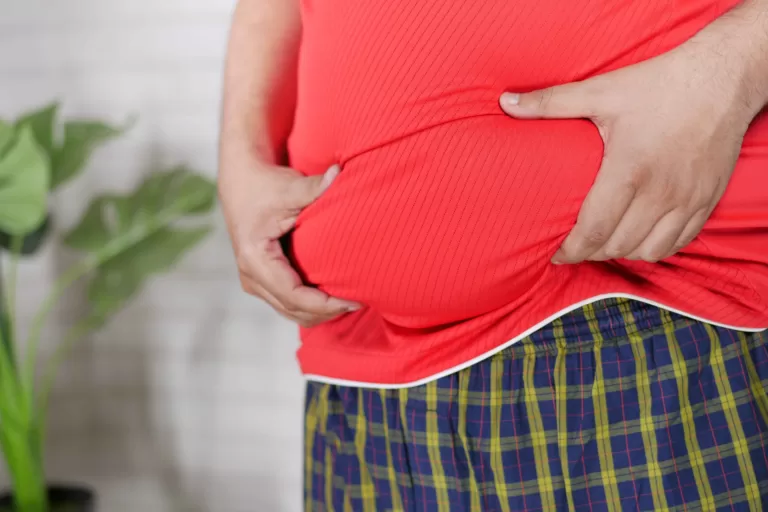What are Tummy Tuck Muscle Repair Failure Symptoms?
A tummy tuck, also known as abdominoplasty, is a surgical procedure that removes excess skin and fat from the abdominal area to achieve a flatter, more toned stomach. The procedure also includes muscle repair, where the surgeon tightens the abdominal muscles to create a smoother and more defined contour. However, in some cases, the muscle repair may fail, leading to a range of symptoms that can cause discomfort and dissatisfaction. In this article, we’ll explore the tummy tuck muscle repair failure symptoms to look out for.
What Causes Tummy Tuck Muscle Repair Failure?
Before we dive into the symptoms, let’s take a closer look at what causes tummy tuck muscle repair failure. During a tummy tuck procedure, the surgeon makes an incision along the lower abdomen and separates the skin and fat from the underlying muscles. The muscles are then tightened and stitched together to create a tighter, more toned appearance. However, the sutures used to hold the muscles in place can become undone, leading to muscle laxity and a loss of abdominal contour.
There are several reasons why muscle repair may fail, including:
- Poor surgical technique
- Excessive strain on the abdominal muscles
- Infection
- Smoking
- Poor nutrition
- Genetic factors
It’s important to note that tummy tucks muscle repair failure is rare and occurs in less than 1% of cases. However, it’s essential to be aware of the symptoms to ensure prompt diagnosis and treatment.
Tummy Tuck Muscle Repair Failure Symptoms
How to tell if muscle repair failed? The symptoms of tummy tuck muscle repair failure may vary depending on the severity of the condition. Here are some of the most common symptoms to look out for:
-
Bulging or Protruding Abdomen
One of the most noticeable symptoms of tummy tuck muscle repair failure is a bulging or protruding abdomen. This occurs when the muscles that were repaired during the surgery become loose or separated, causing a loss of abdominal contour. The bulge may be more noticeable when standing or sitting upright and can be accompanied by visible lumps or bumps.
-
Loose or Sagging Skin
Another common symptom of tummy tuck muscle repair failure is loose or sagging skin in the abdominal area. This occurs when the muscles that were tightened during the surgery become loose, leading to excess skin that hangs down over the lower abdomen. The skin may feel soft to the touch and may be accompanied by visible folds or wrinkles.
-
Abdominal Pain or Discomfort
In some cases, tummy tuck muscle repair failure can cause abdominal pain or discomfort. This may be a result of the muscles becoming loose or separated, which can put pressure on the surrounding tissue and nerves. The pain may be mild or severe and can be accompanied by tenderness or swelling in the abdominal area.
-
Limited Mobility or Functionality
If the muscle repair fails, it can also affect your mobility and functionality. You may experience difficulty bending over, lifting heavy objects, or performing other activities like driving that require the use of your abdominal muscles. This can impact your quality of life and prevent you from doing the things you love.
-
Recurrence of Pre-Surgery Abdominal Appearance
Finally, if the tummy tuck muscle repair fails, you may notice a recurrence of your pre-surgery abdominal appearance. This can be a significant source of dissatisfaction and can cause emotional distress. It’s important to be aware of the symptoms of muscle repair failure to ensure prompt diagnosis and treatment.
What to Do If You Experience Muscle Repair Failure after a tummy tuck?
If you experience any of the symptoms of tummy tuck muscle repair failure, it’s essential to contact your surgeon right away. They can evaluate your condition and determine the best course of action. Depending on the severity of the muscle laxity, your surgeon may recommend a revision surgery to repair the muscles and restore your abdominal contour.
In some cases, non-surgical options such as exercise or physical therapy may be recommended to improve muscle tone and function. Your surgeon may also recommend lifestyle changes such as quitting smoking and improving your nutrition to promote healing and reduce the risk of complications.
Conclusion
Tummy tuck muscle repair failure is a rare complication, but it’s important to be aware of the warnings and symptoms to ensure prompt diagnosis and treatment. If you experience any of the symptoms discussed above, it’s essential to contact your surgeon right away. They can evaluate your condition and recommend the best course of action to restore your abdominal contour and improve your quality of life. Remember, a successful tummy tuck procedure depends on a combination of skilled surgical technique and proper aftercare. Be sure to follow your surgeon’s instructions closely to minimize the risk of complications and achieve the best possible outcome.







